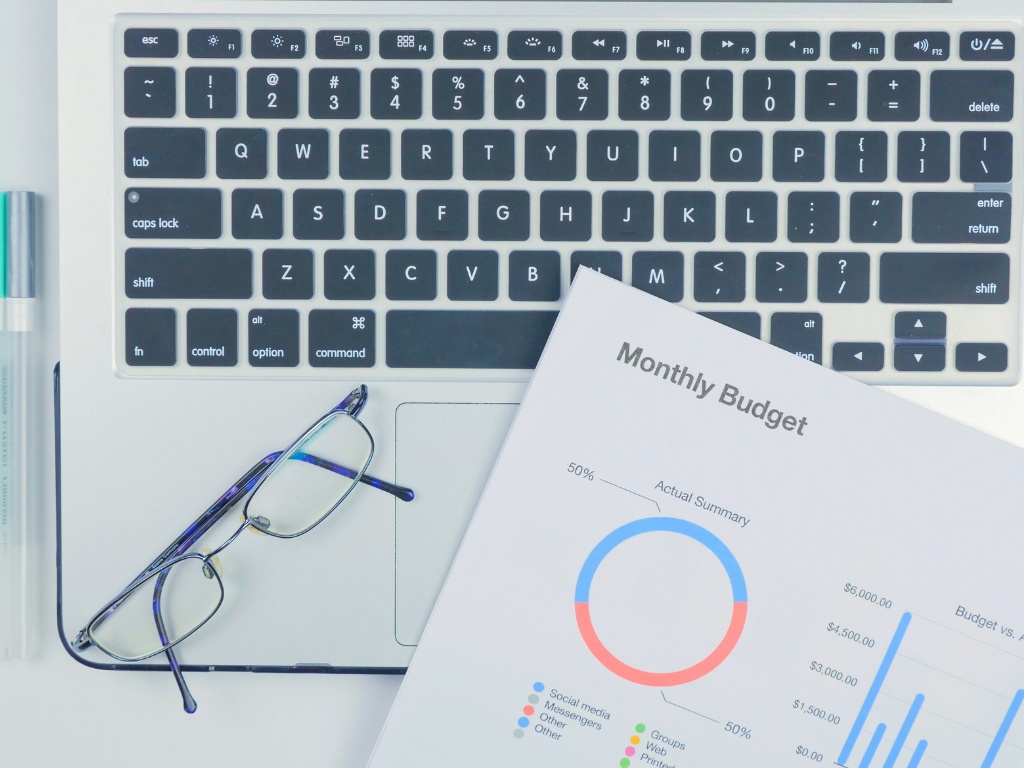Tracking your monthly expenses is the cornerstone of effective financial management. By gaining insight into your spending habits, you can take control of your finances, set meaningful goals, and work towards achieving financial stability. Here are six essential steps to help you track your monthly expenses effectively.
Review Your Account Statements
Start by examining all your financial accounts, including checking accounts and credit cards. Analyzing your account statements will provide valuable insights into your spending patterns. Identify both fixed expenses, such as mortgage payments and utility bills, and variable expenses like groceries and entertainment. Understanding your spending habits is the first step toward effective budgeting.
Categorize Your Expenses
Next, categorize your expenses into different groups to gain a clearer understanding of where your money is going. You can use personal finance tools or credit card statements to automatically categorize your purchases. By organizing your expenses into categories such as housing, transportation, and groceries, you can identify areas where you may be overspending and make adjustments accordingly.
Create a Budget that Works for You
Once you have categorized your expenses, it’s time to create a budget that aligns with your financial goals. Consider using the 50/30/20 budgeting method, where 50% of your income goes towards needs, 30% towards wants, and 20% towards savings and debt repayment. However, feel free to explore other budgeting methods that suit your individual needs, such as the envelope system or zero-based budgeting.
Needs
Allocate 50% of your income to essential expenses such as housing, transportation, healthcare, utilities, groceries, and debt payments. These are expenses that you cannot avoid and form the foundation of your budget.

Wants
Dedicate 30% of your income to discretionary expenses like dining out, entertainment, travel, and luxury items. While these expenses are not essential, they add quality to your life and should be accounted for in your budget.
Savings and Debt Repayment
Allocate the remaining 20% of your income towards savings, retirement contributions, and debt repayment. Building an emergency fund, saving for retirement, and paying down debt are crucial steps towards achieving long-term financial stability.
Monitor and Adjust Your Budget Regularly
Your budget is not set in stone and should be adjusted regularly to reflect changes in your financial situation and goals. Review your budget every few months and make necessary adjustments to ensure that you are on track to meet your objectives. Consider using budgeting apps to streamline the process and stay organized.
Use Budgeting Tips to Stay on Track
Sticking to a budget can be challenging, but several tips and strategies can help you stay on track. Avoid impulse purchases, plan your meals and entertainment expenses, and prioritize your financial goals. Remember that small changes can add up over time and contribute to your overall financial success.
Tracking your monthly expenses is a fundamental aspect of effective financial planning. By understanding where your money is going, you can make informed decisions, prioritize your spending, and work towards achieving your financial goals. Whether you’re saving for retirement, paying down debt, or building an emergency fund, mastering your finances starts with tracking your expenses. Start today and take control of your financial future.





More Stories
Is the 50/30/20 Rule a Perfect Fit while Customizing Your Budget?
Is Now the Right Time to Buy a House with Mortgage Rates Over 7%?
Why Are Some Millennials Opting Out of Parenthood? The Costly Dilemma Explored